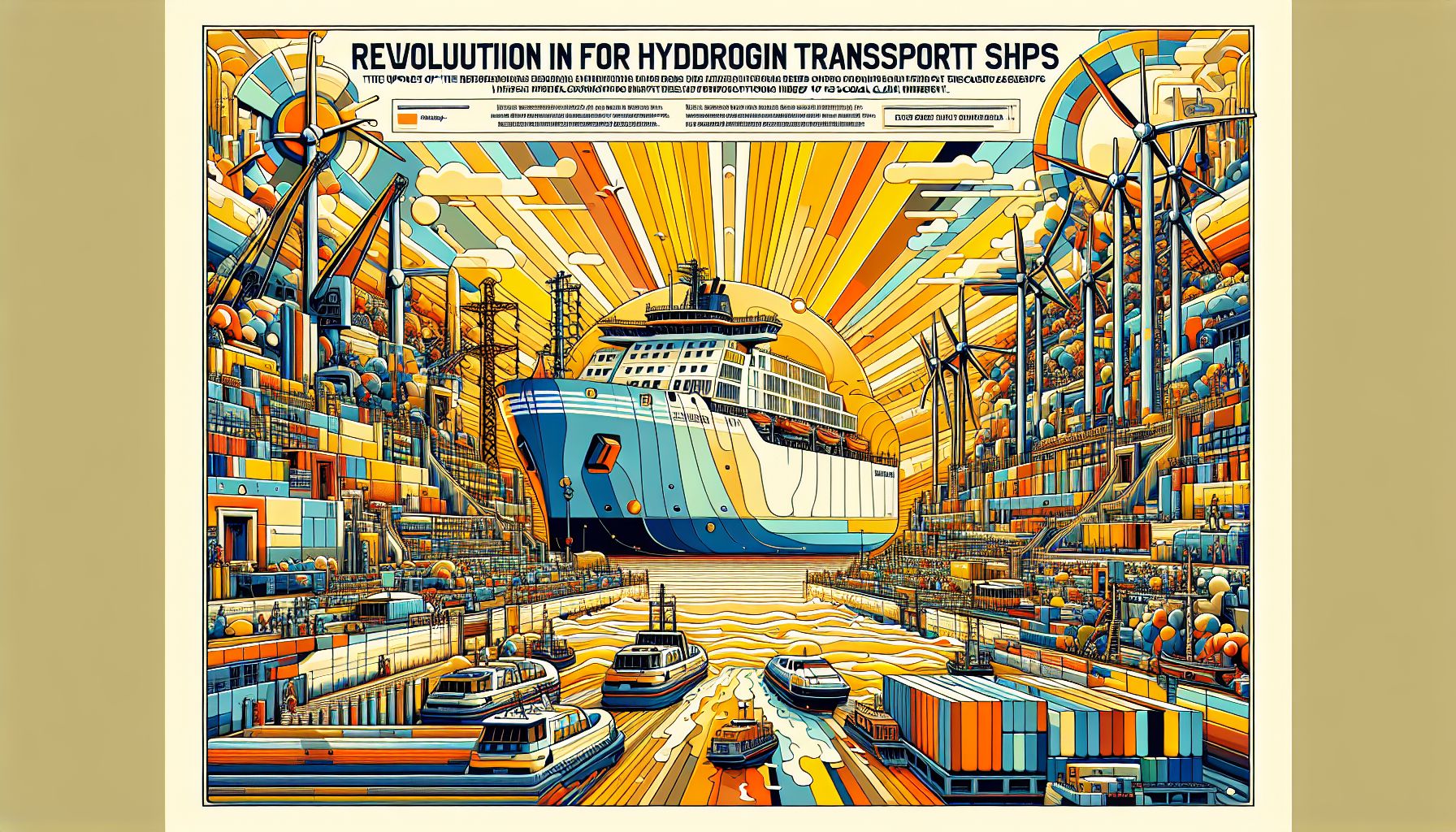Maritime Industry Gears Up for Hydrogen Transport Revolution

Groningen, Friday, 2 August 2024.
New reports indicate a surge in demand for hydrogen transport ships, with over 400 vessels needed by 2050. This presents a unique opportunity for maritime innovation and growth, as the industry adapts to meet global clean energy needs.
The Demand for Hydrogen Infrastructure
The International Chamber of Shipping (ICS) has highlighted the necessity for significant advancements in maritime infrastructure to meet the burgeoning demand for hydrogen transport. The ICS report, ‘Turning Hydrogen Demand Into Reality: Which Sectors Come First?’, underscores the need for over 400 new hydrogen ships to meet the annual global green hydrogen demand. The report, authored by Professor Stefan Ulreich, emphasizes that meeting future hydrogen demand will require a considerable scale of renewable electricity for green hydrogen production, presenting both opportunities and challenges for the maritime industry[1].
Regional Initiatives and Strategic Plans
Several regions and companies are already stepping up to the plate. For instance, Provaris Energy Ltd. is advancing its designs for hydrogen carriers, including the H2Neo, H2Max, and H2Leo, to facilitate efficient green hydrogen transport. With a focus on regional supply chains, Provaris aims to simplify execution and reduce costs. Their projects, such as the Tiwi H2 project in Northern Australia and the FjordH2 project in Norway, are poised to significantly contribute to the hydrogen economy by 2027[2].
Germany’s Hydrogen Import Strategy
Germany is also making strides with its newly adopted hydrogen import strategy. The German government aims to meet its predicted hydrogen demand, which is expected to reach 95 to 130 TWh by 2030, by importing 50 to 70% of this demand. This strategic move is designed to bolster Germany’s national hydrogen strategy and develop its domestic market. Economy Minister Robert Habeck has stressed the importance of international cooperation and infrastructure development to achieve these ambitious goals[3].
Challenges and Opportunities
Despite the promising outlook, the path to a hydrogen economy is fraught with challenges. Infrastructure and regulatory frameworks need to be established to support the large-scale production and transport of hydrogen. The International Energy Agency (IEA) has indicated that without improvements in infrastructure, regulation, and power access, hydrogen use in current industrial applications will remain static through 2030. This underscores the urgency for ports and infrastructure development to remove barriers and enable maritime uptake of hydrogen[1].
Conclusion: A Transformative Era for Maritime Transport
The maritime industry stands on the cusp of a transformative era, driven by the global shift towards clean energy. The need for hundreds of new hydrogen ships and supporting infrastructure by 2050 presents a ‘once-in-a-generation opportunity’ to innovate and grow. Companies and governments worldwide are recognizing the critical role of maritime transport in connecting hydrogen surplus regions with high consumption areas, thereby enabling the hydrogen economy. As these initiatives gain momentum, the maritime industry is set to play a pivotal role in the global energy transition[1][2][3].

